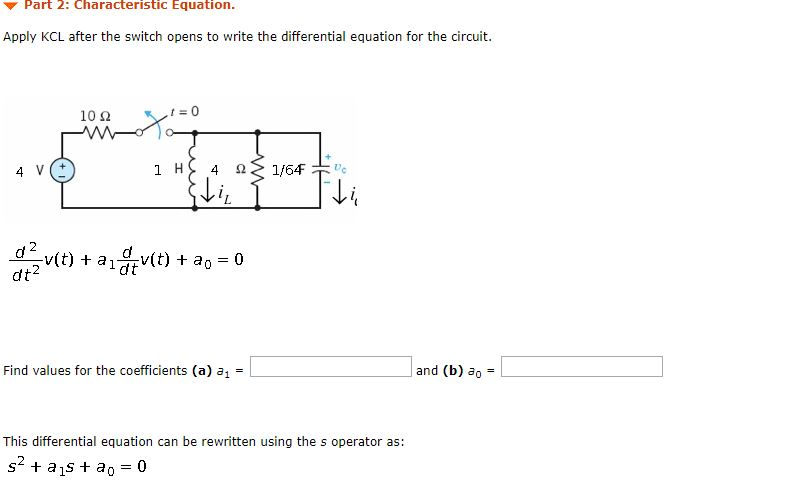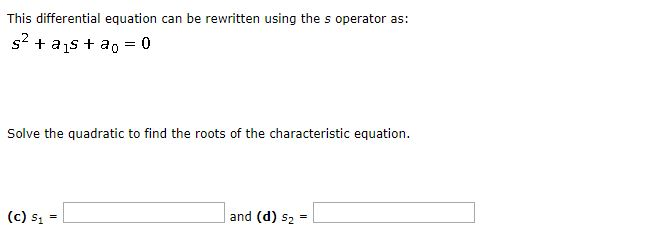Answered step by step
Verified Expert Solution
Question
1 Approved Answer
Find ve(t) for t> 0 for the circuit of below Figure. Assume steady-state conditions exist at t=0-. 4 V 1092 (a) i(0-) = =




Find ve(t) for t> 0 for the circuit of below Figure. Assume steady-state conditions exist at t=0-. 4 V 1092 (a) i(0-) = = ,t=0 0.4 1 H 4 2 1/64F Remember that the circuit is in steady state before the switch opens. Find the initial conditions. Uc What is the current through the inductor just before and just after the switch opens? A and after the switch closes, (b) (0+) = What is the voltage across the capacitor just before and just after the switch opens? 0.4 A What is the voltage across the capacitor just before and just after the switch opens? (c) vc(0-)= = (e) v(0-) = 0 V and (d) vc(0+) (g) ic(0-) = = What is the voltage across the inductor just before and just after the switch opens? 0 V and (f) v(0+) = = What is the current through the capacitor just before and just after the switch opens? A and after the switch closes, (h) ic(0+) = = X V V A Part 2: Characteristic Equation. Apply KCL after the switch opens to write the differential equation for the circuit. 4 V d2 dt 1092 t=0 ot 1 H 4 v(t) + ad+v(t) + ao = 0 Find values for the coefficients (a) a = 1/64 Uc di This differential equation can be rewritten using the s operator as: s + as + ao = 0 and (b) ao = This differential equation can be rewritten using the s operator as: s + as + ag=0 Solve the quadratic to find the roots of the characteristic equation. (c) S = = and (d) $
Step by Step Solution
There are 3 Steps involved in it
Step: 1

Get Instant Access to Expert-Tailored Solutions
See step-by-step solutions with expert insights and AI powered tools for academic success
Step: 2

Step: 3

Ace Your Homework with AI
Get the answers you need in no time with our AI-driven, step-by-step assistance
Get Started


